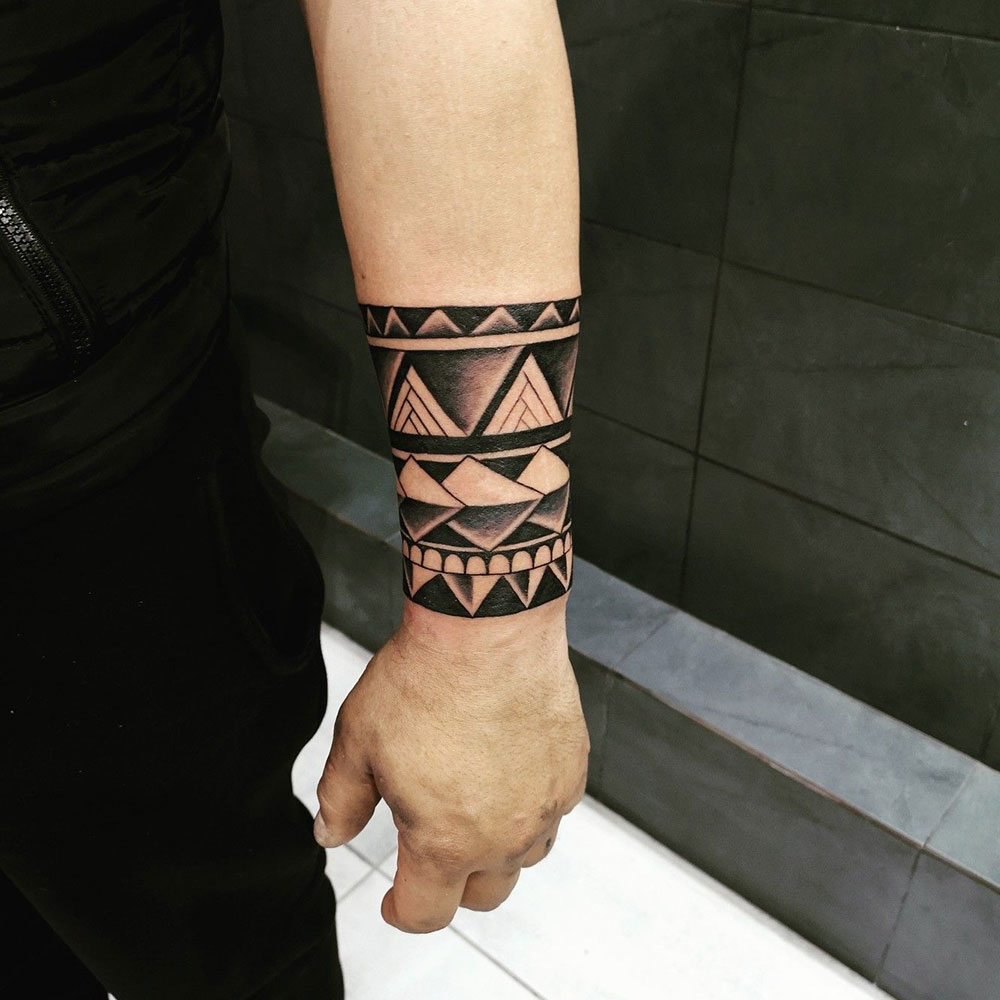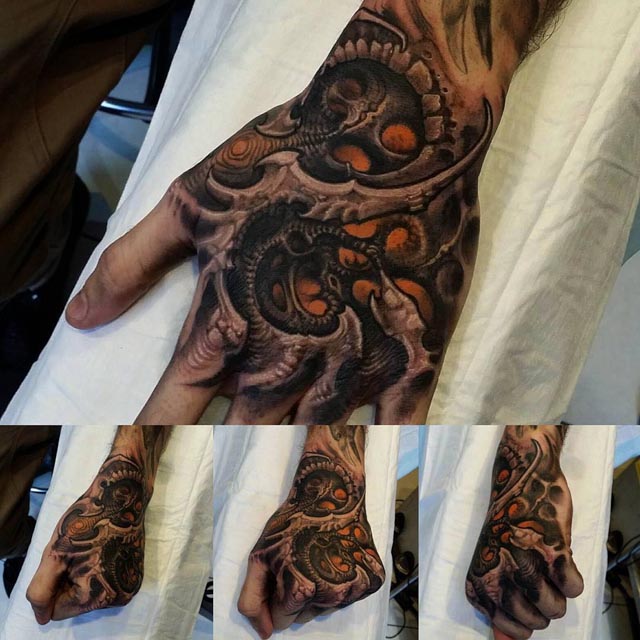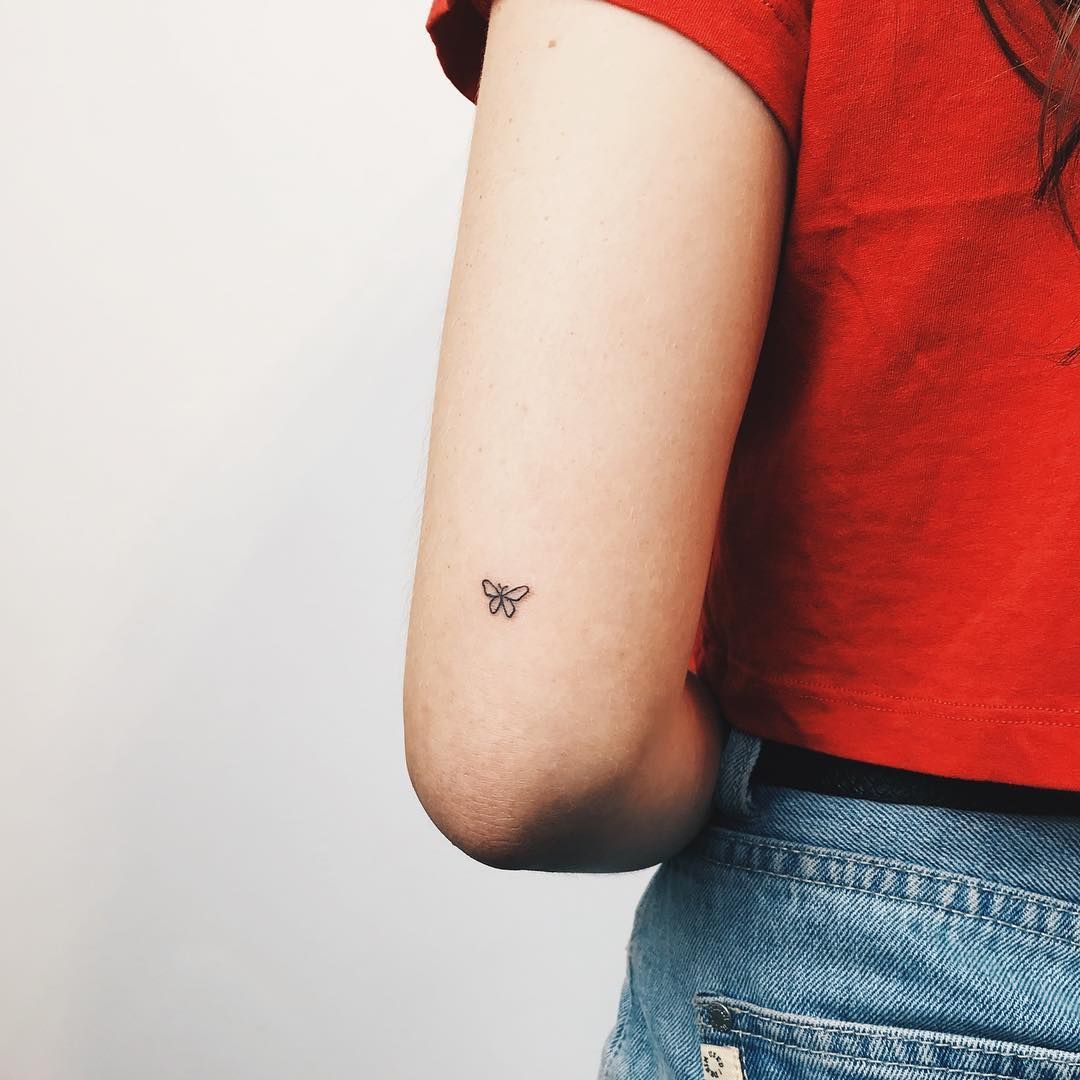
Should I Get A Small Tattoo On My Elbow Or My Wrist? A Detailed Guide
The siren song of ink calls to us all eventually. And when that call leads to the desire for a small, discreet tattoo, the question often becomes: Where? Two popular contenders for this coveted spot are the elbow and the wrist. Both offer unique advantages and disadvantages, making the decision a deeply personal one. This guide dives deep into the considerations, helping you navigate the path to the perfect placement for your tiny masterpiece.
1. The Allure of Small Tattoos: Less is Often More
Before we delve into the specifics of elbows versus wrists, let’s acknowledge the charm of small tattoos. They’re subtle, often easily concealed, and can be a beautiful, personal statement without dominating your entire aesthetic. They can be a reminder of a loved one, a symbol of strength, or simply a piece of art that brings you joy. Their size also makes them a more manageable commitment, both financially and in terms of pain tolerance.
2. The Wrist: A Classic Canvas for Tiny Treasures
The wrist has long been a favorite spot for tattoos, and for good reason. Its visibility allows you to showcase your ink, while its relatively flat surface provides a good canvas for intricate designs.
2.1. Visibility and Showcase Potential
The wrist is a prime location for displaying your tattoo. It’s easily visible, allowing you to share your art with the world (or just admire it yourself). This is a major draw for those who want their tattoo to be a part of their everyday expression.
2.2. Design Considerations for Wrist Tattoos
The wrist’s shape lends itself well to a variety of designs. Think delicate florals, meaningful words or phrases, tiny symbols, or geometric patterns. The key is to choose something that complements the natural curve of your wrist.
2.3. Pain Factor: A Sensitive Spot
The wrist is known to be a somewhat sensitive area for tattoos. The skin is thin, and there are several bones and tendons close to the surface. However, for a small tattoo, the pain is generally manageable and short-lived.
2.4. Healing and Aftercare: Keeping it Pristine
Wrist tattoos require diligent aftercare. Due to its constant movement and exposure to the elements, it’s crucial to keep it clean, moisturized, and protected from the sun.
2.5. Social and Professional Considerations for Wrist Tattoos
While tattoos are becoming increasingly accepted, some professions still hold reservations. Consider your workplace’s policies before getting a wrist tattoo, as it’s difficult to conceal in certain situations.
3. The Elbow: Edgy and Unexpected
The elbow is a more unconventional choice for a tattoo, offering a unique and edgy aesthetic. It’s a placement that often sparks curiosity and intrigue.
3.1. A Statement of Individuality: Standing Out from the Crowd
An elbow tattoo is a statement in itself. It signifies a willingness to embrace the unconventional and express your individuality. It’s a conversation starter and a way to set yourself apart.
3.2. Design Challenges and Opportunities on the Elbow
The elbow’s anatomy presents both challenges and opportunities for tattoo design. The skin is thicker, and the joint’s movement can distort the design. However, skilled artists can create stunning pieces that work with the elbow’s natural contours. Think geometric patterns, mandalas, or abstract designs.
3.3. The Pain Factor: Brace Yourself
The elbow is generally considered to be a more painful area to tattoo than the wrist. The skin is thinner in some spots, and the proximity to bone can amplify the sensation. Be prepared for a more intense experience.
3.4. Healing and Aftercare: A Bit More Demanding
Elbow tattoos can be more prone to rubbing and irritation due to the joint’s constant movement. Proper aftercare is essential to prevent infection and ensure proper healing.
3.5. Social and Professional Considerations: A Bold Choice
An elbow tattoo is generally more visible than a wrist tattoo, especially in short-sleeved attire. Consider the potential impact on your social and professional life before taking the plunge.
4. Comparing Apples and Oranges: Elbow vs. Wrist – A Head-to-Head
Let’s break down the key differences between elbow and wrist tattoos:
- Visibility: Wrist – High; Elbow – Medium to High
- Pain Level: Wrist – Moderate; Elbow – Higher
- Design Flexibility: Wrist – High; Elbow – Medium
- Healing Time: Wrist – Moderate; Elbow – Slightly Longer
- Social Acceptability: Wrist – Higher; Elbow – Lower (but increasing)
- Uniqueness: Wrist – Common; Elbow – Less Common
5. Tattoo Size and Placement: Finding the Sweet Spot
Regardless of whether you choose your elbow or wrist, the size and placement of your tattoo are crucial. Work with your artist to determine the ideal dimensions and position for your chosen design. A tattoo that’s too large or poorly placed can look awkward or out of proportion.
6. Skin Tone and Tattoo Ink: A Harmonious Blend
Consider your skin tone when selecting your tattoo ink colors. Certain colors may appear more vibrant on lighter skin tones, while others may be better suited for darker skin. Your artist can provide guidance on the best ink choices for your complexion.
7. Finding the Right Artist: A Crucial Step
Choosing a skilled and experienced tattoo artist is paramount. Look for an artist who specializes in the style of tattoo you desire and who has a portfolio showcasing their work. Read reviews and talk to previous clients to get a sense of their expertise and professionalism.
8. The Importance of Consultation: Discussing Your Vision
Before getting inked, schedule a consultation with your chosen artist. This is your opportunity to discuss your design ideas, ask questions, and get their professional input. A good artist will listen to your vision and help you refine it to create the perfect tattoo.
9. Preparing for Your Tattoo Session: Setting Yourself Up for Success
On the day of your tattoo appointment, make sure you’re well-rested, hydrated, and have eaten a good meal. Avoid alcohol and caffeine, as these can thin your blood and make the tattooing process more difficult. Wear comfortable clothing that allows easy access to the area being tattooed.
10. The Tattooing Process: What to Expect
The tattooing process involves using a needle to inject ink into the dermis layer of your skin. The artist will first clean and shave the area, then apply a stencil of your chosen design. The tattooing itself can take anywhere from a few minutes to several hours, depending on the size and complexity of the design.
11. Aftercare is Key: Nurturing Your New Ink
Proper aftercare is essential for ensuring your tattoo heals properly and looks its best. Follow your artist’s instructions carefully, which typically involve cleaning the tattoo with a mild soap, applying a healing ointment, and keeping it protected from the sun.
12. Potential Risks and Complications: Being Aware
While tattoos are generally safe, there are potential risks and complications to be aware of, such as infection, allergic reactions, and scarring. Choose a reputable artist who follows strict hygiene practices to minimize these risks.
13. Tattoo Removal: A Last Resort
If you ever regret your tattoo, tattoo removal is an option, but it can be expensive, time-consuming, and painful. Laser tattoo removal is the most common method, but it may not completely erase the tattoo.
14. Embracing Your Tattoo: A Personal Expression
Ultimately, getting a tattoo is a personal decision. Choose a design and placement that resonates with you and that you’ll be proud to wear for years to come. Embrace your tattoo as a unique expression of your individuality.
15. Making the Final Decision: Trust Your Gut
After considering all the factors, the final decision comes down to personal preference. Which location feels more "you"? Which design best suits your style? Trust your gut instinct and choose the option that makes you feel most excited and confident.
Conclusion: Your Body, Your Canvas, Your Choice
The decision of whether to get a small tattoo on your elbow or wrist is a deeply personal one. Both locations offer unique advantages and disadvantages. Consider your pain tolerance, lifestyle, and design preferences when making your choice. Remember to choose a skilled artist, follow proper aftercare, and embrace your tattoo as a unique expression of yourself. Ultimately, the best placement is the one that feels right for you.
FAQs
1. How long does it take for a small tattoo to heal?
A small tattoo typically takes 2-4 weeks to heal completely. However, the initial healing phase, where the skin is most sensitive, usually lasts about a week.
2. Can I work out after getting a tattoo on my elbow or wrist?
It’s best to avoid strenuous exercise for at least a few days after getting a tattoo, especially if it’s on your elbow or wrist. Sweat and friction can irritate the tattoo and delay healing.
3. What kind of lotion should I use on my new tattoo?
Use a fragrance-free, hypoallergenic lotion recommended by your tattoo artist. Aquaphor, Eucerin, and Lubriderm are popular choices.
4. Will my tattoo fade over time?
All tattoos fade to some degree over time, especially if exposed to the sun. Protect your tattoo with sunscreen to minimize fading.
5. How do I choose the right size for my small tattoo?
Consider the location and the complexity of the design. A smaller design may be better suited for the wrist, while a slightly larger design may work well on the elbow. Your artist can help you determine the ideal size.
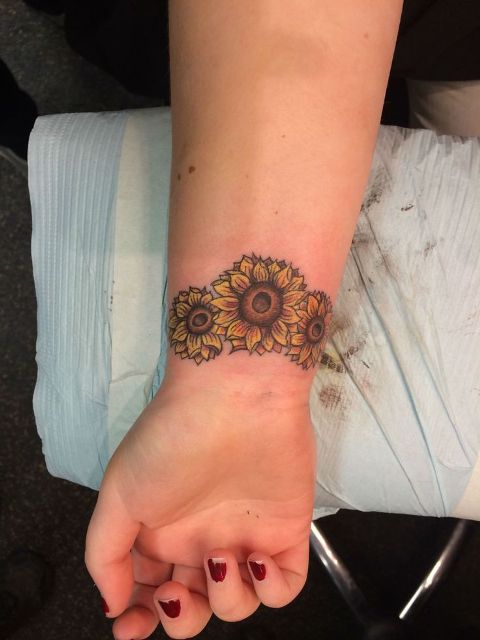














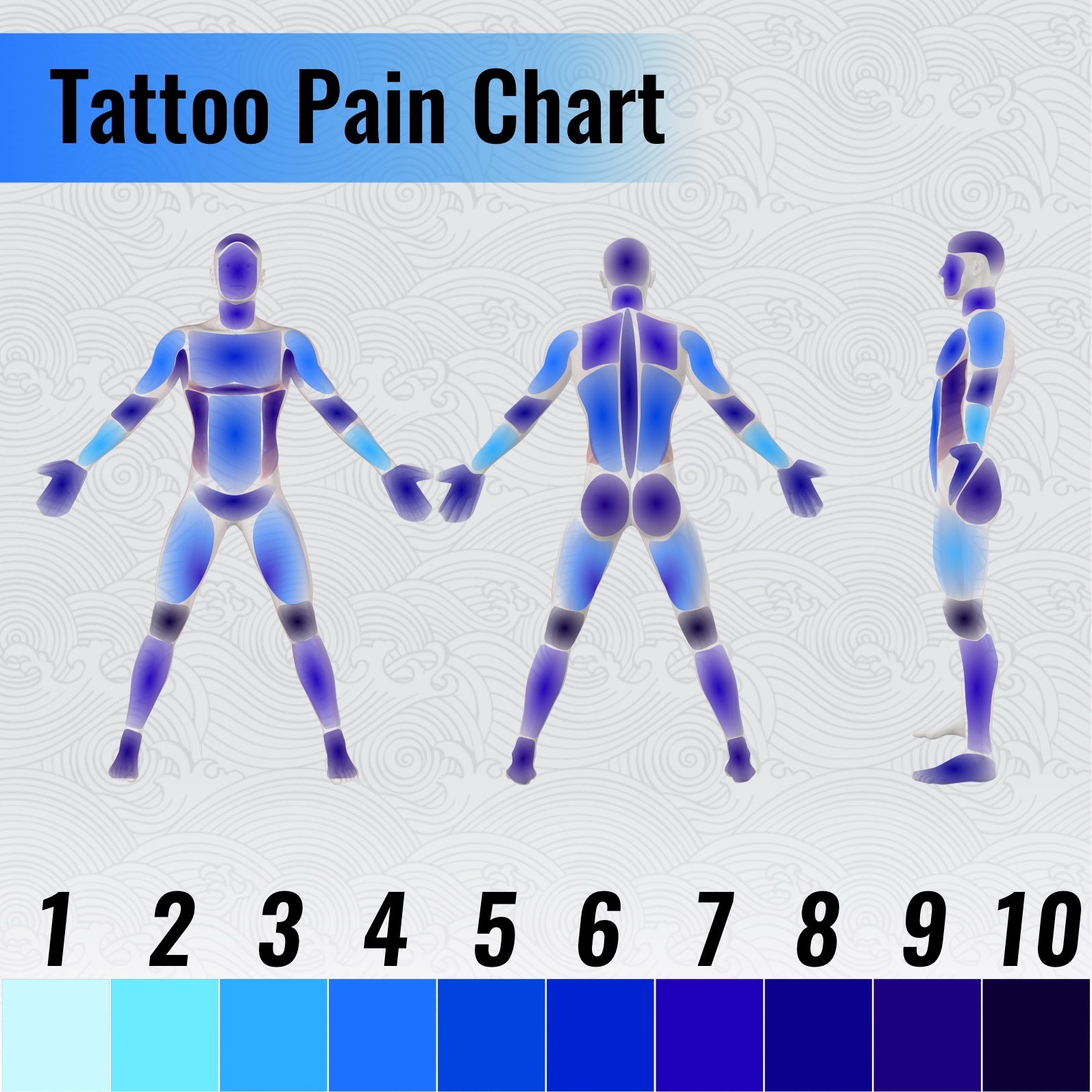

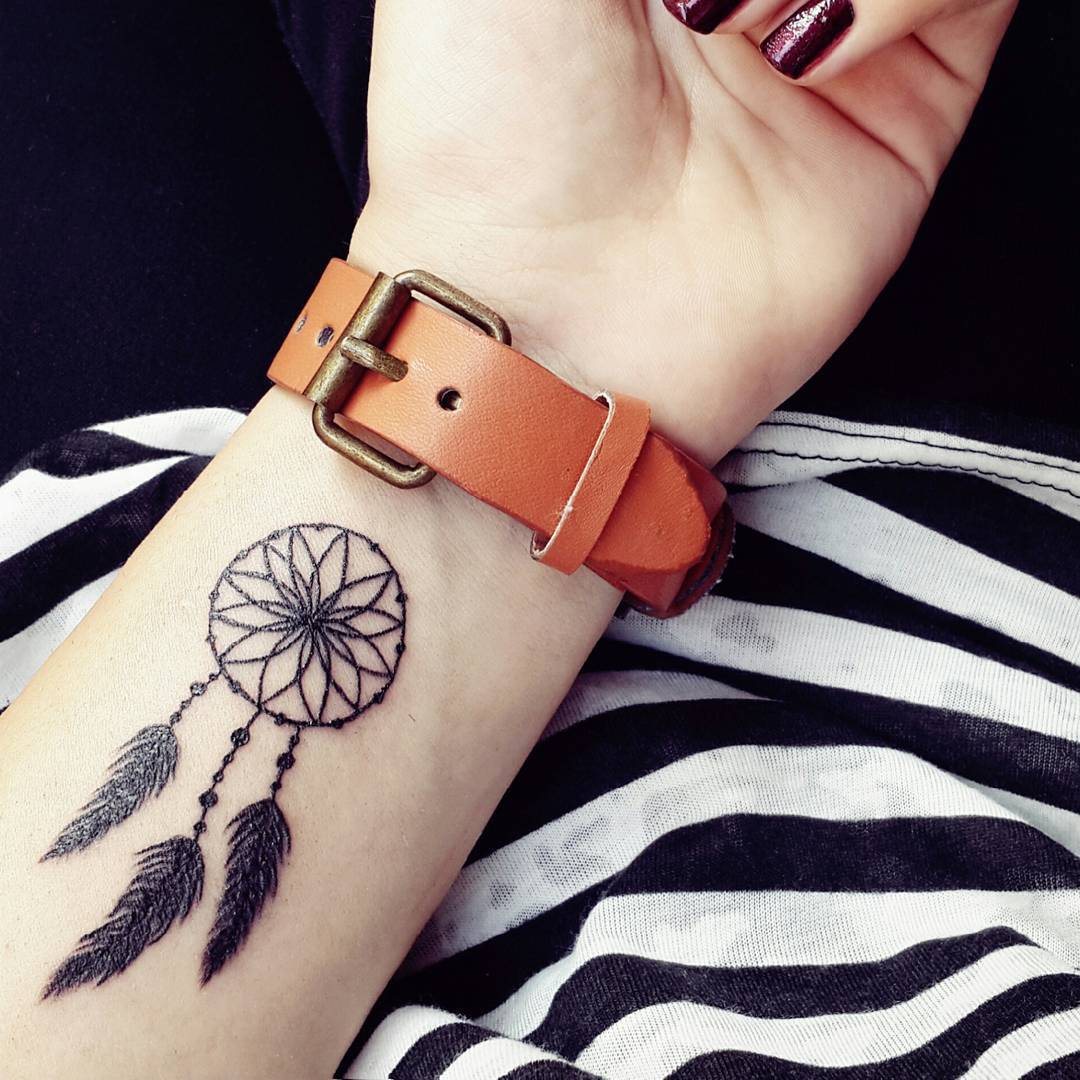











:max_bytes(150000):strip_icc()/wristtats-18b2f690ded0464792835093f5050708.jpg?w=1200&resize=1200,0&ssl=1)
:max_bytes(150000):strip_icc()/wristtats-18b2f690ded0464792835093f5050708.jpg)

